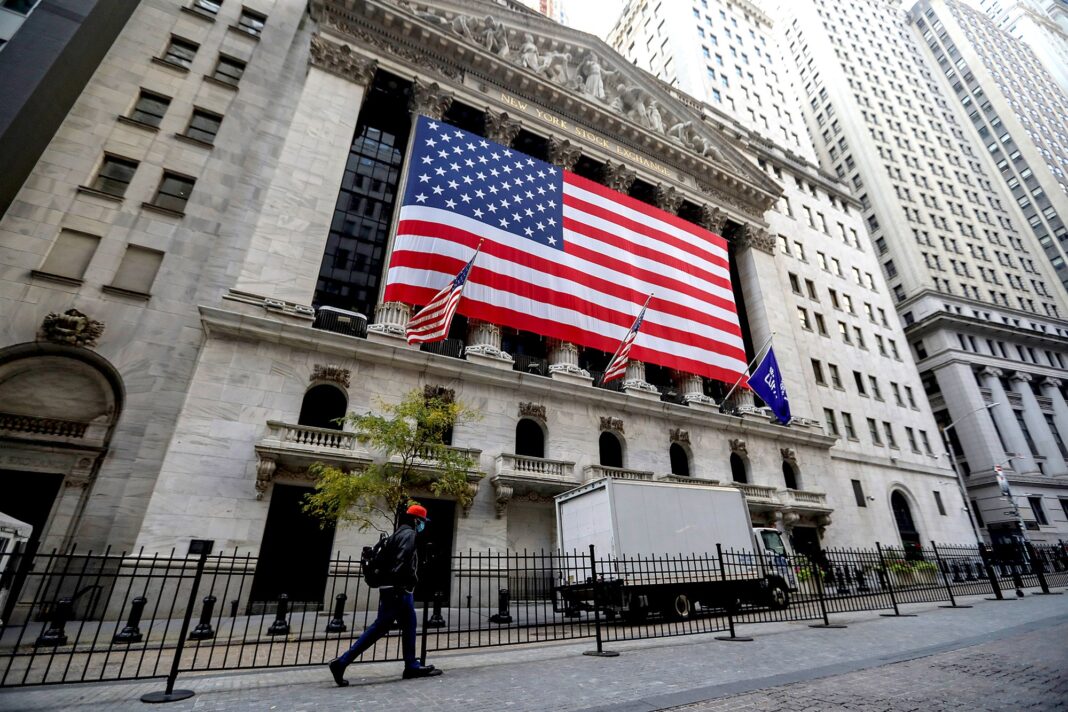By Demetrios Giannaros, Ph.D. in Economics*
2020 has been a unique and unprecedented year for the US and the world economy. This is partly due to our political and economic environment, but mostly due to the once in a century horrific pandemic. Last winter’s onset of the COVID-19 pandemic, coupled by government policy actions around the globe, resulted in a significant economic and business activity contraction which lingers until today. However, the prospects for 2021 are positive for a recovery.
The OECD (Organization of Economic Co-operation and Development) estimates that the world economy will contract about -4.2% in 2020 and the US at about -3.7%. In fact, during the first half of the year, the loss of employment, income, business activity and profits in the US was the worst we have seen since the 1930’s. This pandemic-related economic shock will take time for the economy to fully recover. However, there seems to be light at the end of the tunnel. With the expected vaccination of the population and a much-needed government economic stimulus plan, the economic recovery will continue in 2021.
The OECD forecasts that the world economy will grow at +4.2% and the US at +3.2%, in 2021. These rates of growth are enough to start seeing a reduction in unemployment and a substantial increase in business activity – stopping the hemorrhage of business closings and employment losses.
During the second half of 2020, the economy recovered some from the devastation of the first half of the year. However, short-term and long-term damage to small businesses, hospitality, entertainment, transportation and the gig economy industries was substantial. The brunt of the economic loss was carried by the long-term unemployed and small business owners with no other income sources.
Based on the US Bureau of Economic Analysis (BEA.gov), between 2017-2019 US economic growth was at an average rate of about +2.5% compared to +2.4% in 2014-2016 of the previous administration. This six-year trend average of around 2.5% is a good indicator of the long-term economic trend for the US economy, given policies and conditions of the structure of the economy. In 2020, the production of goods and services was less than in 2019 and, thus, income, profits, and employment dropped from the 2019 levels by about -3.7%. Implicitly, the level of unemployment increased significantly with 10-20 million newly unemployed, if you include those who stopped looking for work because they could not find work. Note, the official rate of unemployment is misleading because it includes only those who are actively seeking work. The official unemployment rate in the last quarter of 2019 was about 3.9%, by April of 2020 it had increased to as high as 14.7% and by November it dropped to 6.7% — still very high in terms of historical standards.
The reason we have seen such improvements since April of 2020 is due to the aggressive low-interest rates and business lending policies applied by the Federal Reserve Bank and the unprecedented aggressive fiscal action by the federal government which provided three trillion dollars emergency relief to businesses, the unemployed, state and local governments. These actions prevented a full-blown depression.
Where are we today? In December 2020 as we look ahead, we still have some significant clouds on the horizon, mostly caused by the mishandling of the coronavirus pandemic. Many states are now imposing more aggressive policies to curb infections and the vaccines are expected to inoculate a high percentage of the population by the summer of 2021. However, the third wave of viral infections and partial or full lockdowns have a negative effect on economic growth, employment, income, business activity, and profits. The next few months will continue to show adverse economic and employment effects on a substantial portion of businesses and employees.
However, one can see the light at the end of the tunnel and be hopeful for the longer term. Over the next 6-9 months, vaccinations will contribute to more positive economic growth than otherwise expected starting the second quarter of 2021. As stated earlier, the economic forecast for 2021 is at a positive rate of 3.2%. For this to happen, the federal government must pass another stimulus package to cushion the economy, small businesses, the unemployed, and state and local governments. This macroeconomic policy (a subject I have taught for 35 years) is necessary for a stronger economy in 2021. With that in place, I believe 2021 will be a year of recovery.
*Demetrios Giannaros, Ph.D. in Economics – Prof. Giannaros, has taught economics, public policy, and business studies for 35 years at Boston University, Suffolk University, and the University of Hartford. He also served for 16 years on the Finance Committee of the CT. House of Representatives.







